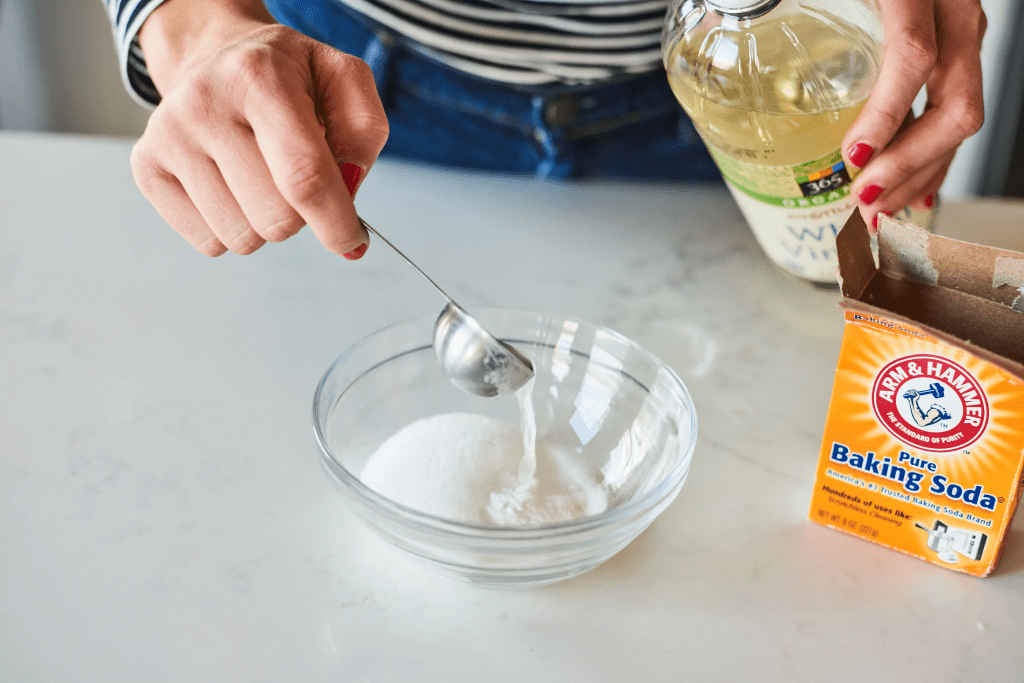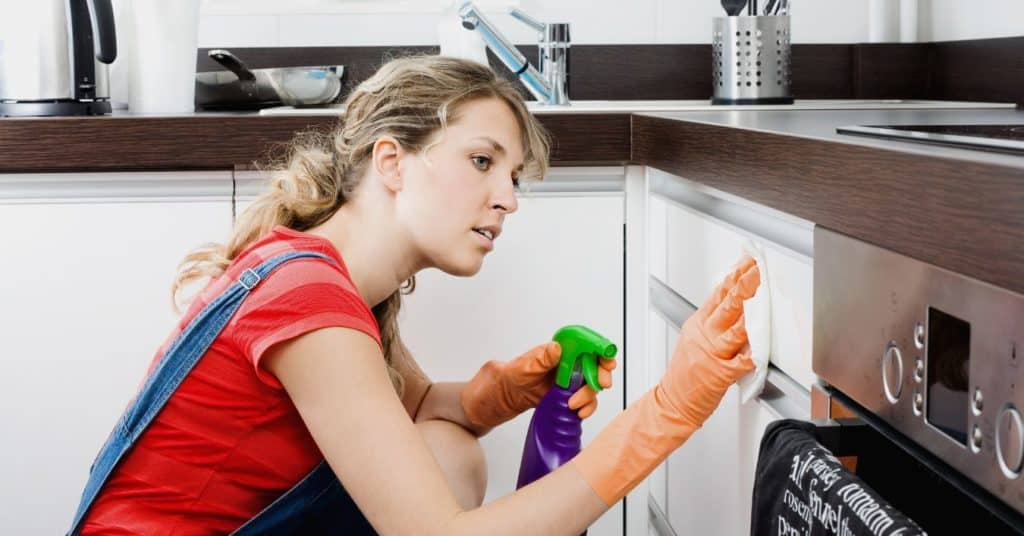If you’ve neglected your kitchen cabinets for over three years, it’s no surprise they’re now sticky, greasy, and in need of some serious TLC. The buildup of grime can seem overwhelming, but don’t worry—restoring your cabinets to their original shine is possible. In this guide, we’ll walk you through the step-by-step process of tackling that mess with ease.
Why Do Kitchen Cabinets Get Sticky and Greasy?

Before we dive into the cleaning process, it’s helpful to understand why this buildup occurs in the first place. Over time, kitchen cabinets are exposed to steam, grease, and food splatters, which can settle on the surface and harden. Without regular cleaning, this grime accumulates, turning into a thick, sticky mess that regular cleaning methods may not easily remove.
Step 1: Gather the Right Cleaning Supplies
First things first—you need the proper tools for the job. Cleaning years of buildup requires more than just soap and water. Here’s what you’ll need to get started:
- A bucket of warm water
- Dish soap or a degreasing cleaner
- Baking soda
- White vinegar
- Microfiber cloths or sponges
- Soft-bristled brush or an old toothbrush
- Rubber gloves
- Optional: Essential oil (lemon or lavender) for a fresh scent
Having the right supplies on hand will ensure your cleaning process is as efficient and effective as possible.
Step 2: Clear the Cabinets and Protect the Area
Before scrubbing, remove everything from the cabinets. Place any dishes, spices, or food items on your counter and clean them if they’ve also gathered grease or dust. Lay towels or newspaper under your work area to protect your countertops and floor from drips or cleaning solutions. Don’t forget your gloves—some cleaning agents can be harsh on your skin.
Step 3: Prepare a Powerful Cleaning Solution
Once the area is prepped, it’s time to mix your cleaning solution. You have two options here:
- Option 1: Dish Soap and Warm Water
Add a few drops of dish soap or a degreasing cleaner to your bucket of warm water. This basic solution works well for surface-level grease. - Option 2: Vinegar and Baking Soda
If you prefer a natural alternative, combine equal parts water and white vinegar with a tablespoon of baking soda. The vinegar cuts through grease, while baking soda acts as a gentle abrasive. You can also add a few drops of essential oil for a pleasant scent.
Step 4: Scrub the Cabinets
Now it’s time for the heavy lifting. Soak your cloth or sponge in the solution, wring it out, and start scrubbing the cabinets. Begin with the upper cabinets, as grease tends to accumulate more heavily there. Focus on the areas with visible grease stains or sticky patches. Use a soft-bristled brush or an old toothbrush to scrub stubborn spots, especially around handles and corners where grime tends to collect.
Remember to rinse your cloth or sponge frequently to avoid spreading the grease around.
Step 5: Use a Baking Soda Paste for Tough Spots

For the toughest, most caked-on grease spots, a baking soda paste will work wonders. To make the paste, mix baking soda with a small amount of water until it forms a thick, spreadable consistency. Apply the paste to the problem areas and let it sit for 10-15 minutes. Then, gently scrub the spot with your soft brush or sponge.
Baking soda is naturally abrasive, so it helps break down the grease without scratching your cabinet’s surface.
Step 6: Rinse and Wipe Dry
Once you’ve finished scrubbing, it’s time to rinse off any remaining cleaning solution. Dampen a clean microfiber cloth with fresh water and wipe down the cabinets thoroughly. Make sure to remove all soap and baking soda residue to avoid streaks.
After rinsing, use a dry microfiber cloth to wipe the cabinets down again. This will prevent water spots and leave your cabinets looking shiny and clean.
Step 7: Polish and Maintain Your Cabinets

Now that your cabinets are grease-free, you can add a final touch of polish for extra shine. If your cabinets are made of wood, consider applying a wood polish according to the manufacturer’s instructions. This will not only add shine but also help protect the surface from future grime buildup.
To prevent your cabinets from getting sticky and greasy again, wipe them down weekly with a mild cleaner. Regular maintenance is the key to keeping them in top shape for years to come.
Conclusion: A Little Elbow Grease Goes a Long Way
Cleaning sticky, greasy cabinets after years of neglect may seem daunting, but with the right tools and techniques, it’s entirely manageable. By following this guide, you can restore your kitchen cabinets to their former glory and make them sparkle like new. Just remember to keep up with regular cleaning to prevent future buildup—and enjoy the fresh, clean look of your revitalized kitchen!


